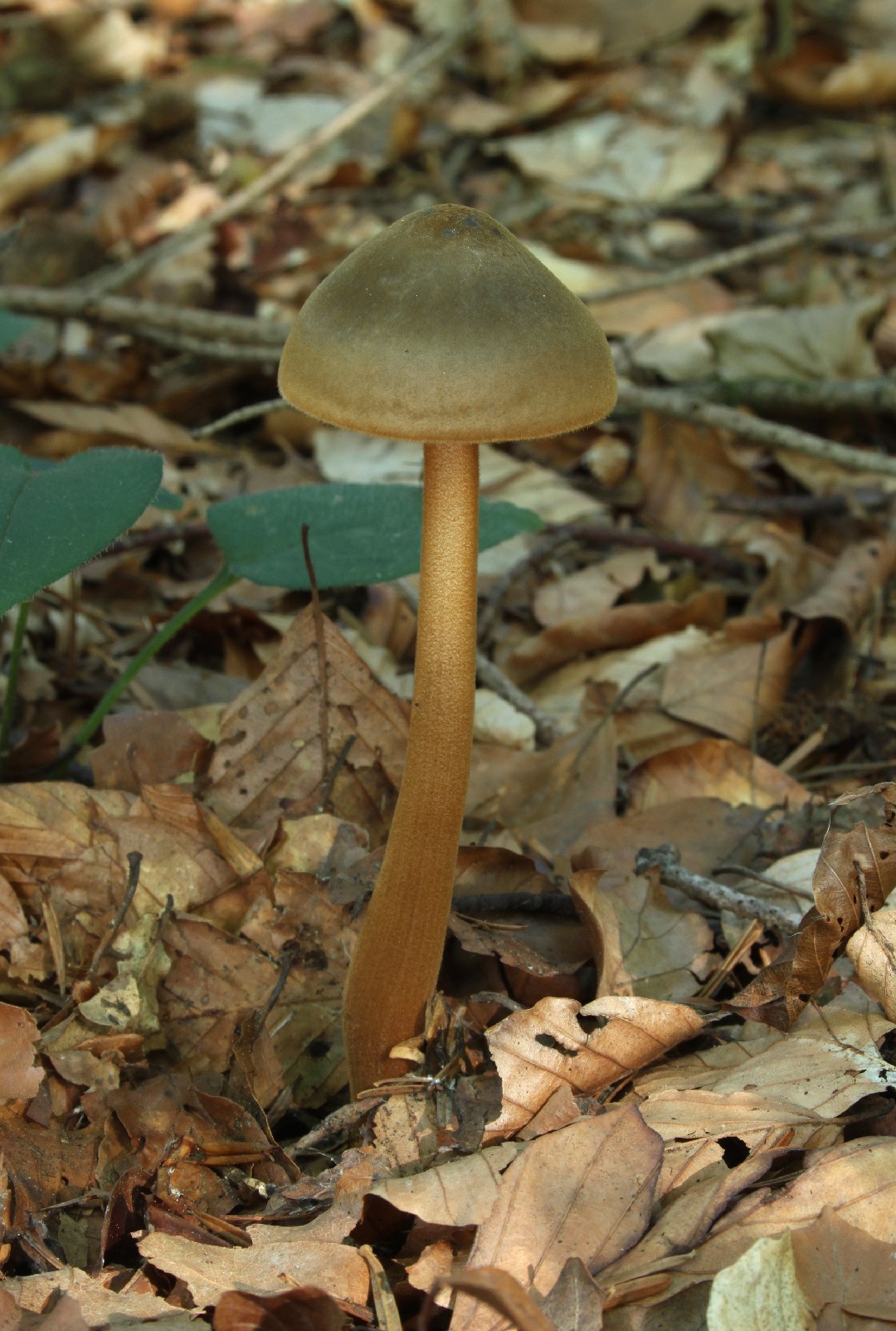Xerula
Scientific name: Xerula
Xerula
Scientific name: Xerula
 Photo By Holger Krisp , used under CC-BY-3.0 /Cropped and compressed from original
Photo By Holger Krisp , used under CC-BY-3.0 /Cropped and compressed from original Description
Xerula is a fascinating group of fungi known for their distinctive long, slender stems and often umbrella-shaped caps. They typically grow on decaying wood or in soil rich with organic matter in forests. Some species of xerula have unique root-like structures called 'pseudorhiza' that anchor deeply into the substrate. This intriguing adaptation allows them to thrive in their natural habitat. While they are generally found in temperate regions, their unique features make them a captivating subject of study in mycology.
Species of Xerula
Scientific Classification
Phylum
Club fungi Class
Mushroom-forming fungi Order
Gilled fungi Family
Physalacriaceae Genus
Xerula